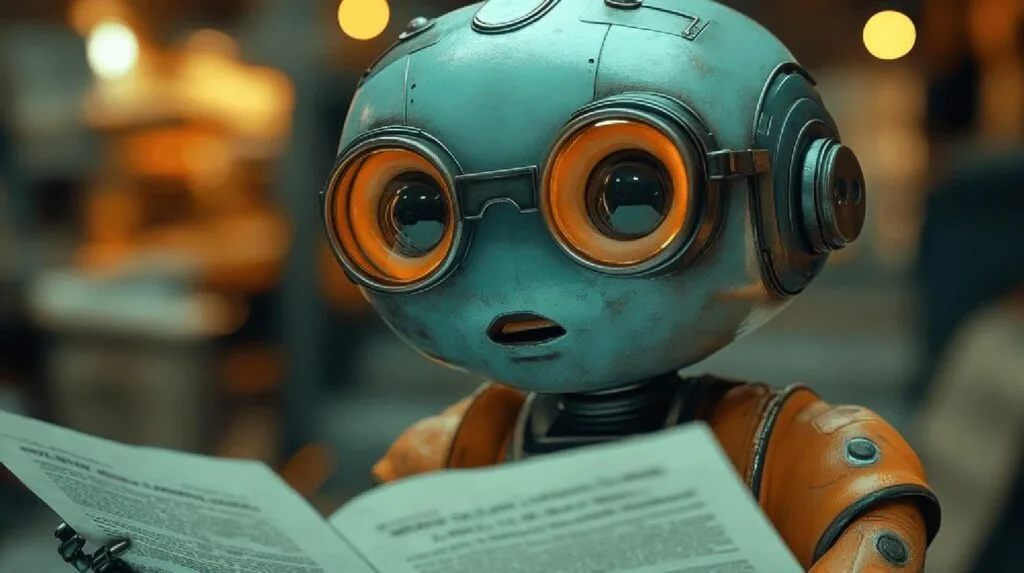The rapid evolution of artificial intelligence has transformed how we create, share, and evaluate content. With AI-generated content becoming more common, thanks to advanced models like ChatGPT and Gemini, it’s harder than ever to tell what’s written by humans and what’s not. This shift has sparked worries about authenticity, misinformation, and ethical standards in fields like education, journalism, and marketing.
To tackle this, some brilliant AI detection tools have popped up, designed to spot machine-made text and ensure content stays genuine. In this guide, we’ll dive into the top eight AI detectors, breaking down their strengths and weaknesses and how they help verify what’s real. Whether you’re a writer, teacher, or business owner, these tools can make a big difference in maintaining trust online.
QuillBot AI Content Detector: A Reliable Choice
QuillBot’s AI content detector is a standout, boasting a whopping 91% accuracy rate based on independent studies. It’s part of their awesome writing toolkit and pairs perfectly with their paraphrasing feature. This combo lets you tweak AI-generated content to sound more human-like. However, it struggles a bit with hybrid text—stuff that mixes human and AI writing. Even so, its consistency makes it a go-to for anyone serious about content authenticity.
Originality.AI: Precision for Pros
Originality.AI is a favorite among professional writers and schools, offering both AI detection and plagiarism checks. It scores a decent 76% accuracy and shines with detailed reports explaining why content gets flagged. Sometimes, it mistakenly tags human-written work as suspicious, which can be annoying. Still, its depth and dual-purpose design make it a solid pick for thorough content checks.
GPTZero: A Scholar’s Ally
GPTZero is gaining traction in academic circles for its knack for spotting AI-generated content by analyzing sentence structure and complexity. It’s a champ at catching AI-written essays or research papers, but it’s not flawless—occasionally, it flags human work as AI. Teachers and editors love it for its focus on scholarly content, making it a must-have in education.
Writer.com AI Content Detector: Simple Yet Limited
Writer.com’s tool is built for businesses and creators, giving you a percentage score on how likely something is AI-written. It’s super user-friendly, but its 38% accuracy rate leaves a lot to be desired. If you’re using it, pair it with another detector for better results. It’s a handy starting point, but it’s not the whole solution.
Copyleaks AI Content Detector: Multilingual Mastery
Copyleaks blends AI detection with plagiarism checks and works across multiple languages—perfect for global users. It nails about 66% of AI-generated content, though it’s prone to false positives. That means you might need to double-check its calls. For schools or content teams needing versatility, it’s a strong contender, especially when used with another tool.
Content at Scale AI Detector: Free and Transparent
Content at Scale offers a free detector claiming 85% accuracy, though real tests show it’s a bit lower. It’s great at pointing out AI sections and explaining why, which is a plus for content managers needing quick insights. It’s not the most popular, but its no-cost access and clarity make it worth a try.
Sapling AI Detector: Real-Time Reliability
Sapling’s detector shines with live detection, integrating into CRM and messaging platforms for businesses. It hits a 68% accuracy mark and keeps false positives low, ensuring smooth customer interactions. If you’re running a company that needs real-time content checks, Sapling’s seamless setup and dependability are hard to beat.
ZeroGPT: Straightforward but Imperfect
ZeroGPT keeps things simple with a confidence score for AI writing likelihood. It’s easy to use, but its 64% accuracy could use a boost. Plus, it sometimes mislabels human text as AI, so manual reviews are a must. It’s a quick option for casual users; don’t rely on it alone.
Why These Tools Matter More Than Ever
As AI keeps getting smarter, spotting AI-generated content is crucial for trust and credibility. QuillBot leads the pack with its high accuracy and editing perks, while Originality.AI and GPTZero hold their own for pros and academics. No tool’s perfect, though—cross-checking with multiple detectors is the smartest move. Beyond these eight, new tools are popping up all the time, so staying updated is key. Adding a human touch to AI drafts can also dodge detection pitfalls, blending tech and creativity seamlessly. In today’s digital maze, these detectors are your compass for navigating what’s real and what’s not.
FAQs About AI-Generated Content Detection
Que: What is AI-generated content, and why does it matter?
Ans: AI-generated content is text created by tools like ChatGPT or Gemini. It matters because it can blur the lines between human creativity and machine output, raising authenticity concerns.
Que: How accurate are AI detectors in 2025?
Ans: Accuracy varies—QuillBot hits 91%, while Writer.com lags at 38%. Most tools range between 60-85%, depending on the content type.
Que: Can AI detectors spot mixed human and AI text?
Ans: Some, like QuillBot, struggle with hybrid content. It’s a tricky area, so using multiple tools helps get a clearer picture.
Que: Are free AI detectors worth using?
Ans: Yes, tools like Content at Scale are solid for quick checks, but their accuracy might not match paid options like Originality.AI.
Que: Why do AI detectors sometimes flag human writing?
Ans: False positives happen when human text mimics AI patterns—like repetitive phrasing or odd syntax. A manual review fixes this.
Que: What’s the best AI detector for businesses?
Ans: Sapling’s real-time detection and CRM integration make it ideal for companies, balancing accuracy and practicality.
